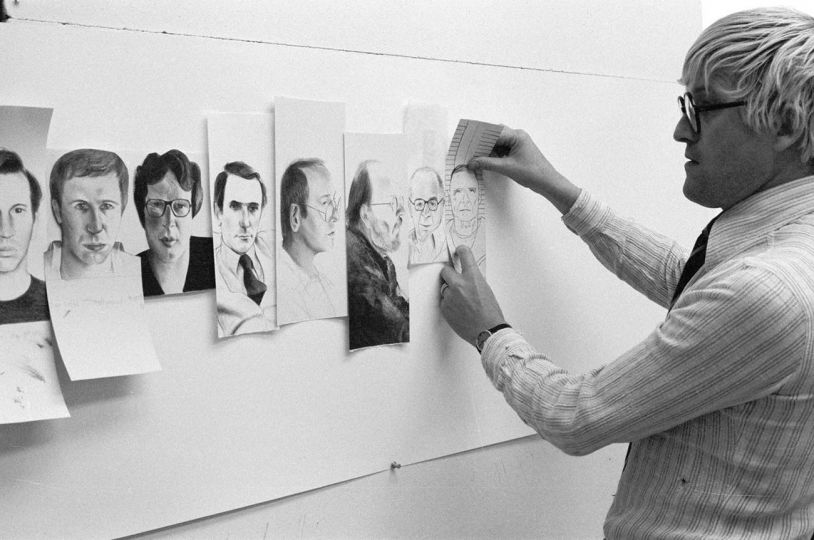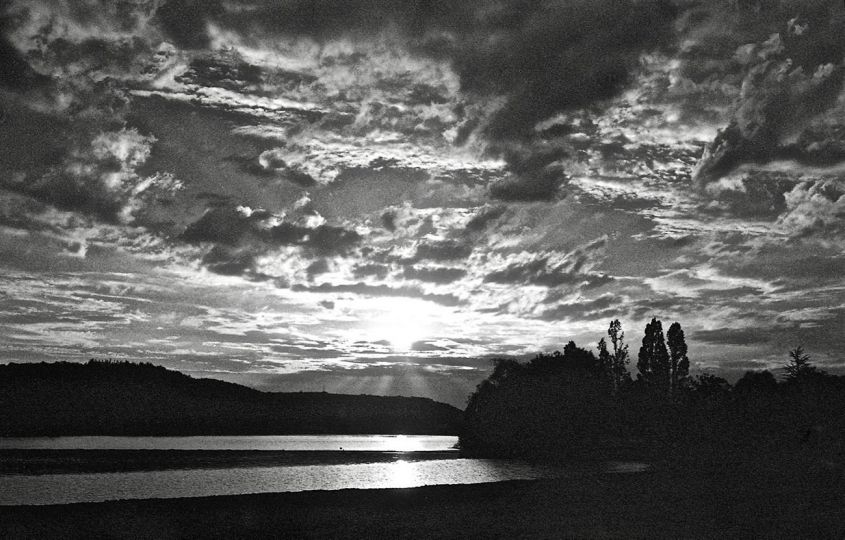Jean-Claude Marguerite sends us this portfolio accompanied by this text:
At the beginning of the 2000s, I lived a stone’s throw from the Père-Lachaise cemetery in Paris. On my first walk, I was struck by the self-importance displayed by the male busts, almost all made on the same model. I then began to photograph the female statuary, in black and white and in 6×6. I moved shortly after, and another subject monopolized my attention to the Paris metro.
During an interview, before confinement, I affirmed that I would not continue this work. But I spoke too quickly, I once again surveyed this vast cemetery with the desire to illustrate the variety of female representation, as it is offered to the stroller (hence the use of a “normal” optics which best corresponds to our perception of perspective, such as, ultimately, color images after the exploration with black and white).
This approach led me to deepen my thinking, both during shooting and development. But it was less the richness of the themes than the sexism in funerary art that emerged. A cemetery is a place of memory and mourning, this vision turns out to be more than a reflection; at Père-Lachaise, it legitimizes this concept and testifies to its evolution over the last two centuries.
The male representation mainly follows three rules: it is a well-identified individual, at the age of his greatest merit and situated in his time.
The female representation follows almost exclusively these three other rules: it is a woman (with or without a face) fulfilling a function (mother, mourner, muse, etc.) with no possible way of giving it an age.
Jean-Claude Marguerite
















